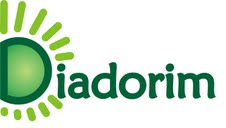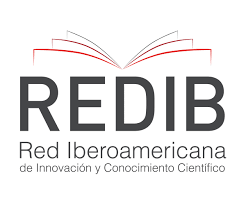O que pode a vida suspensa
DOI:
https://doi.org/10.9771/peri.v1i5.17196Abstract
Um livro que aproxima o leitor e tenha o esmero de captar sentidos para quem se fala, de que maneira se enuncia, de como segue uma linha temporal e espacial de modo instigante é algo que engrandece a literatura. Quer dizer, o texto literário, quando movido pelas tensões com o real, desata eixos estruturais do pensar e os desperta de forma intempestiva com os estranhamentos da linguagem. Assim a narrativa de ficção de Fabio Camargo cria um formato textual em que a subjetividade brota de um meio outro onde cabe a configuração de um espaço de diferenças, cujos fragmentos textuais podem ser visualizados e importados do universo de seus precursores, como o da escrita de João Gilberto Noll ou de Lúcio Cardoso. Trazendo à tona essas escritas, os contextos culturais aí demarcados giram na transversalidade dos artefatos lúdicos das palavras, que passam a filtrar sujeitos fora de alcances, fora-de-lugares. O que se lê na obra inicial do autor é para fiar e, ao mesmo tempo, desfiar as muitas histórias concentradas na memória que se entrelaçam em tramas nas quais a representatividade da ficção solicita enunciar, e que os narradores e autor arriscam: A vida suspensa.Downloads
Downloads
Published
How to Cite
Issue
Section
License

This work is licensed under a Creative Commons Attribution-NonCommercial 4.0 International License.
Authors who publish in this journal agree to the following terms:
Authors retain copyright and grant the journal the right of first publication, with the work simultaneously licensed under a Creative Commons Attribution Noncommercial License that allows the work to be shared with acknowledgment of authorship and initial publication in this journal, but prohibits commercial use.
Authors are authorized to enter into separate additional contracts for non-exclusive distribution of the version of the work published in this journal (e.g., publishing in an institutional repository or as a book chapter), with acknowledgment of authorship and initial publication in this journal.
Authors are permitted and encouraged to publish and distribute their work online (e.g., in institutional repositories or on their personal website) at any point before or during the editorial process, as this can generate productive changes and increase the impact and citation of the published work (see The Effect of Open Access).








